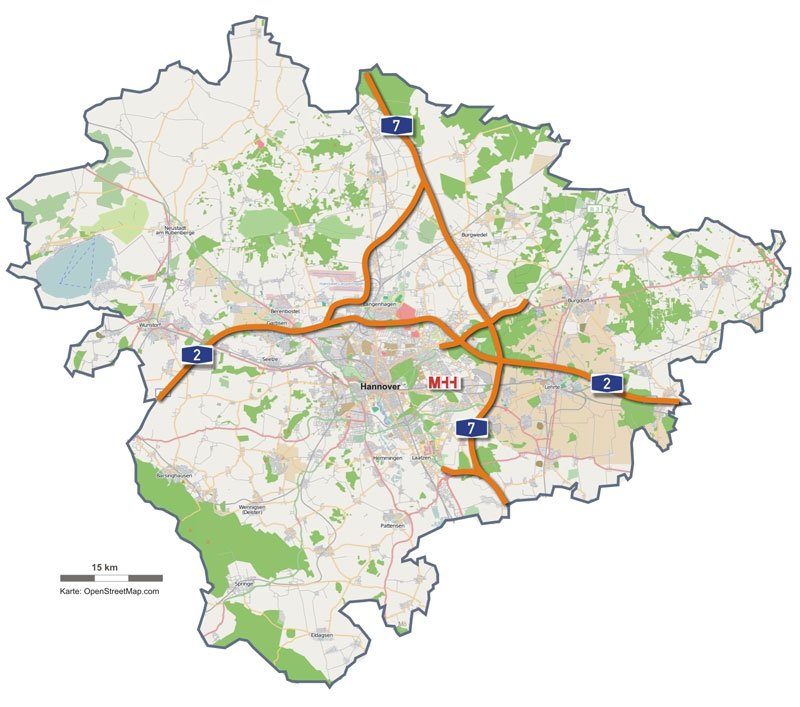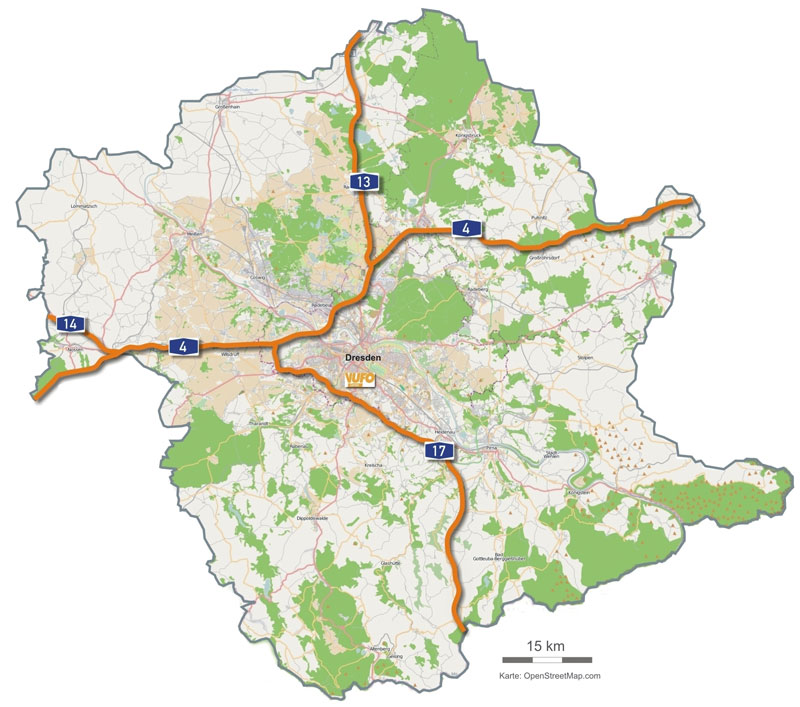History of GIDAS
 |
Due to the steadily increasing numbers of traffic accidents and especially traffic fatalities in the 1960s and early 1970s, the scientific survey at the scene of accidents started in 1973 on behalf of the public. Under the direction of Professor Tscherne, the Hanover Medical School cooperated with the Technical University of Berlin (Professor Appel) in the on-site accident survey in Hanover. While in the early years the accident survey was primarily focused on current issues, the survey procedure was changed in the mid-1980s to achieve the greatest possible representativeness. For this purpose, a statistical sampling procedure was developed, as well as a methodology for weighting to the national accident figures. Furthermore, the survey was based on a standardised scope of data. Against the background of a steadily growing demand for detailed accident data, the GIDAS project (German In-Depth Accident Study) was launched in 1999 as a joint project of the Forschungsvereinigung Automobiltechnik (FAT) and the Bundesanstalt für Straßenwesen (BASt). |
 |
The two sampling areas of Dresden and Hanover were chosen to increase representativeness. Both areas were chosen spatially in such a way that as many traffic situations as possible relevant to the federal territory occur and thus exemplary representative accident scenarios can be investigated. The data collection teams are interdisciplinary, with staff from the fields of automotive engineering and medicine. The two teams collect data on road traffic accidents using the same methodology and store the collected, anonymised information in the GIDAS database. Since then, approximately 1,000 accidents per survey area are recorded, reconstructed and entered into the database every year. |